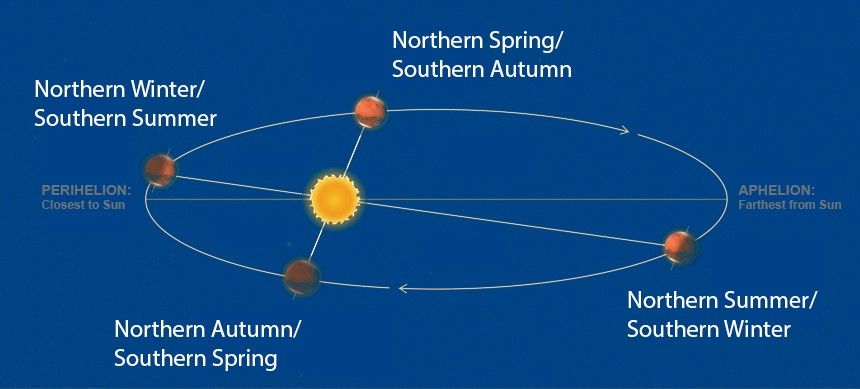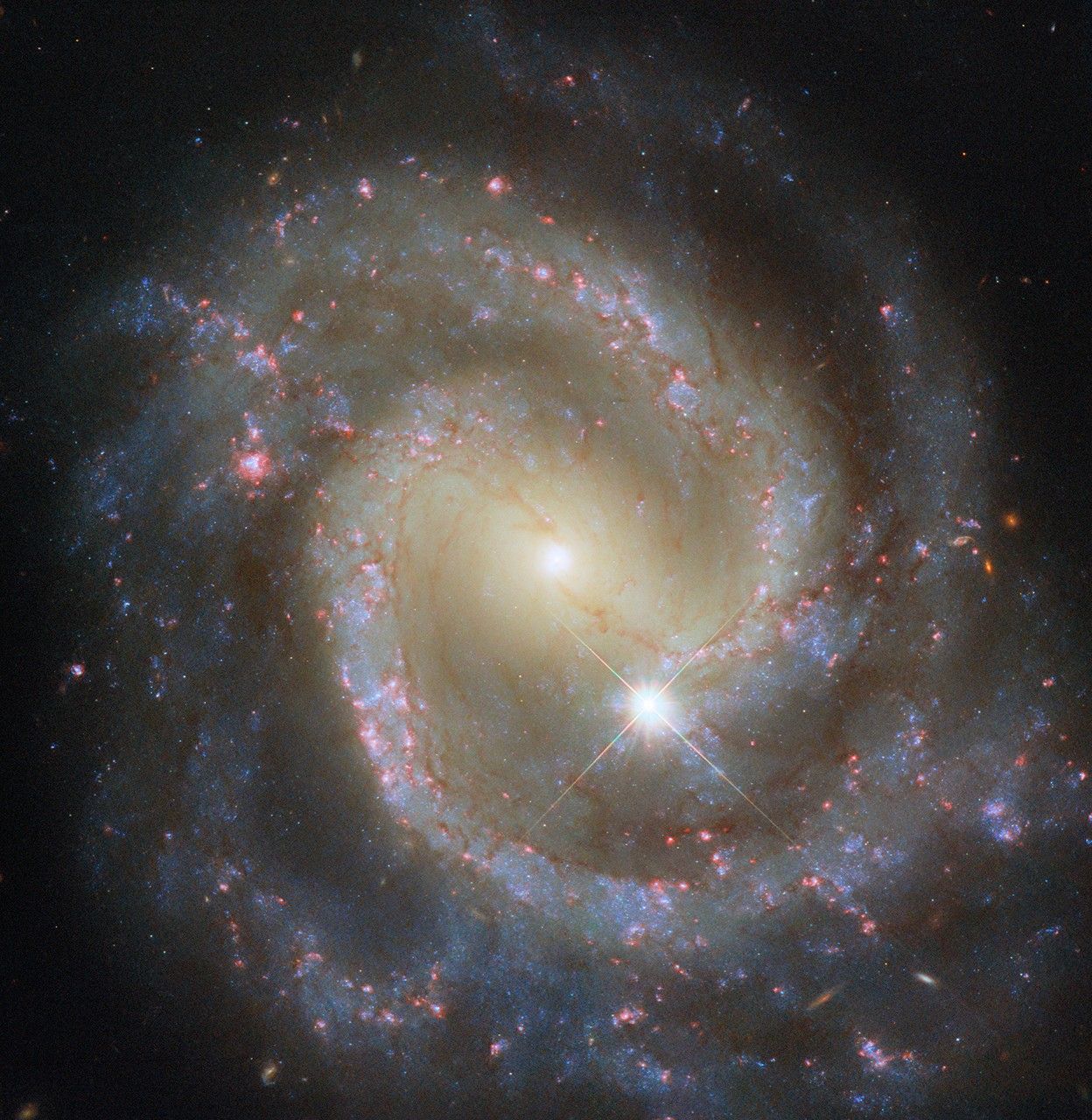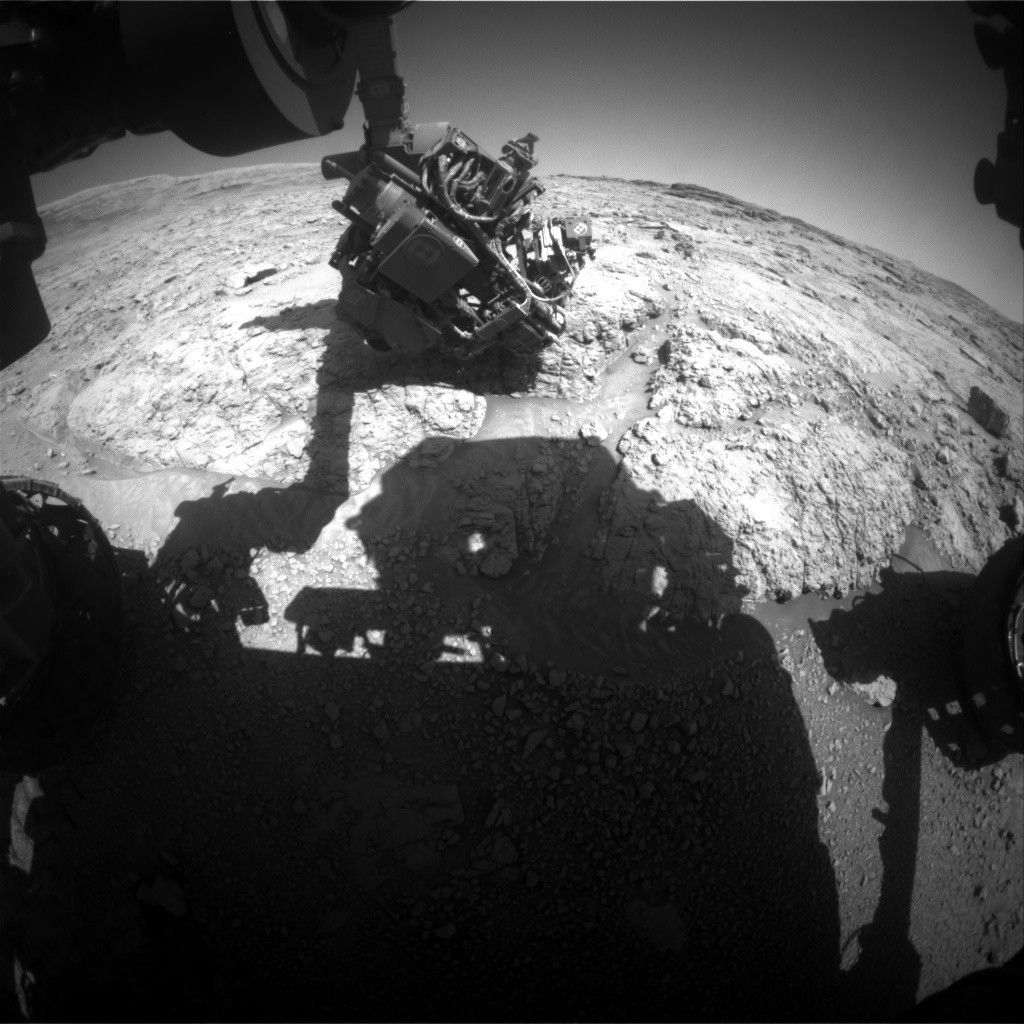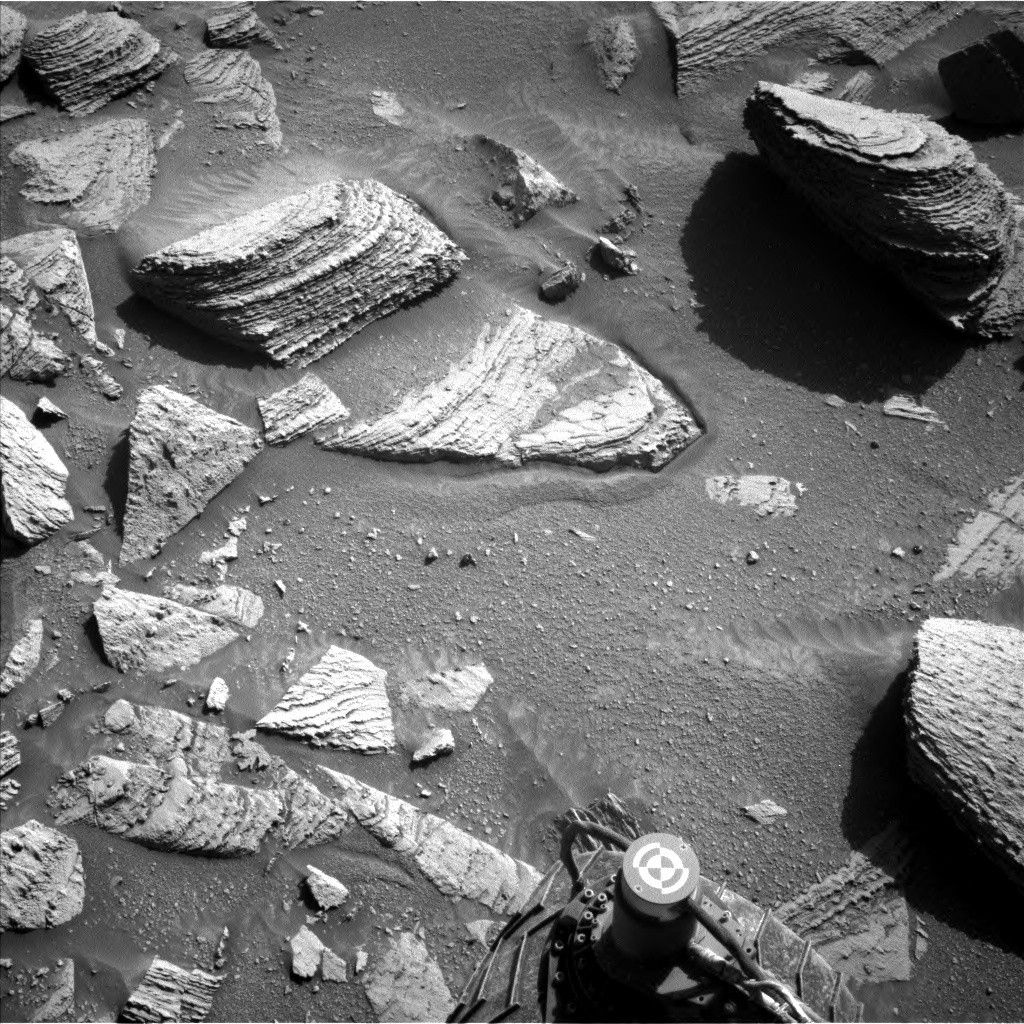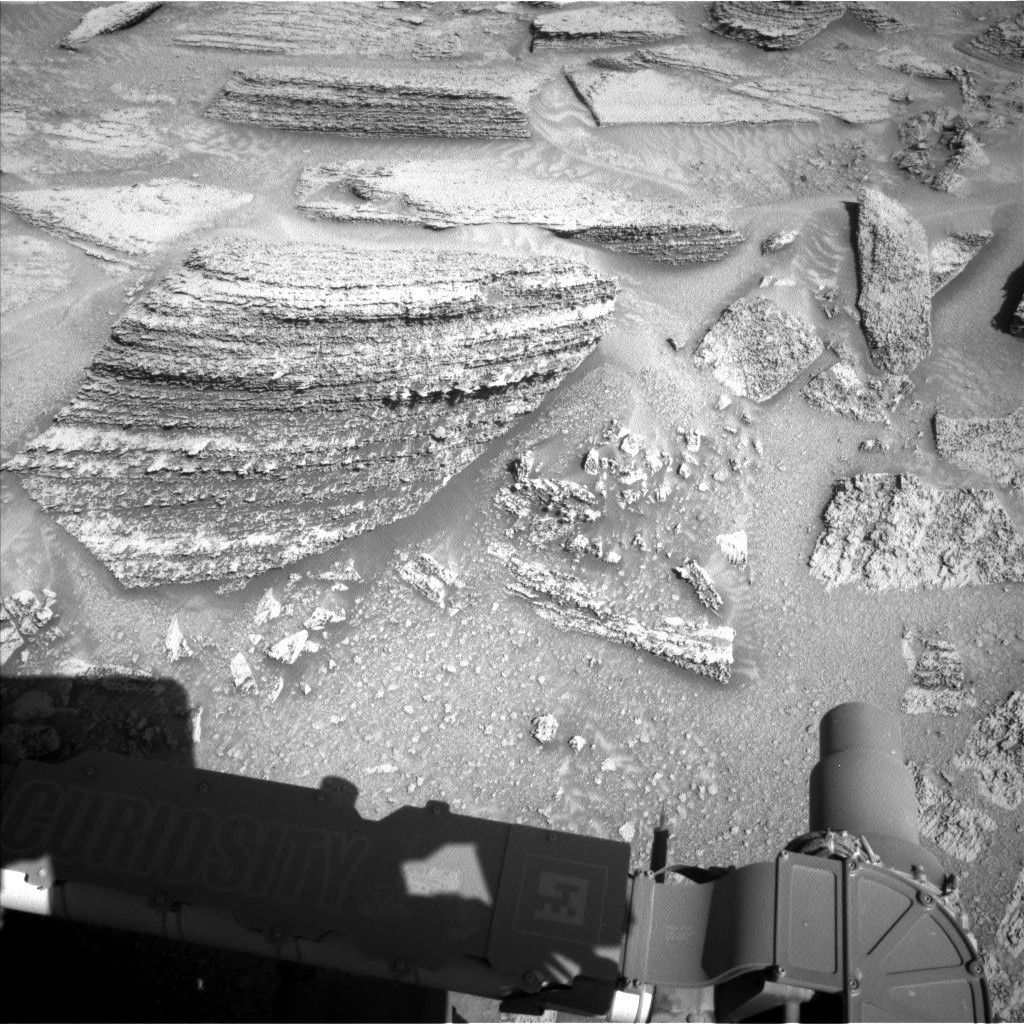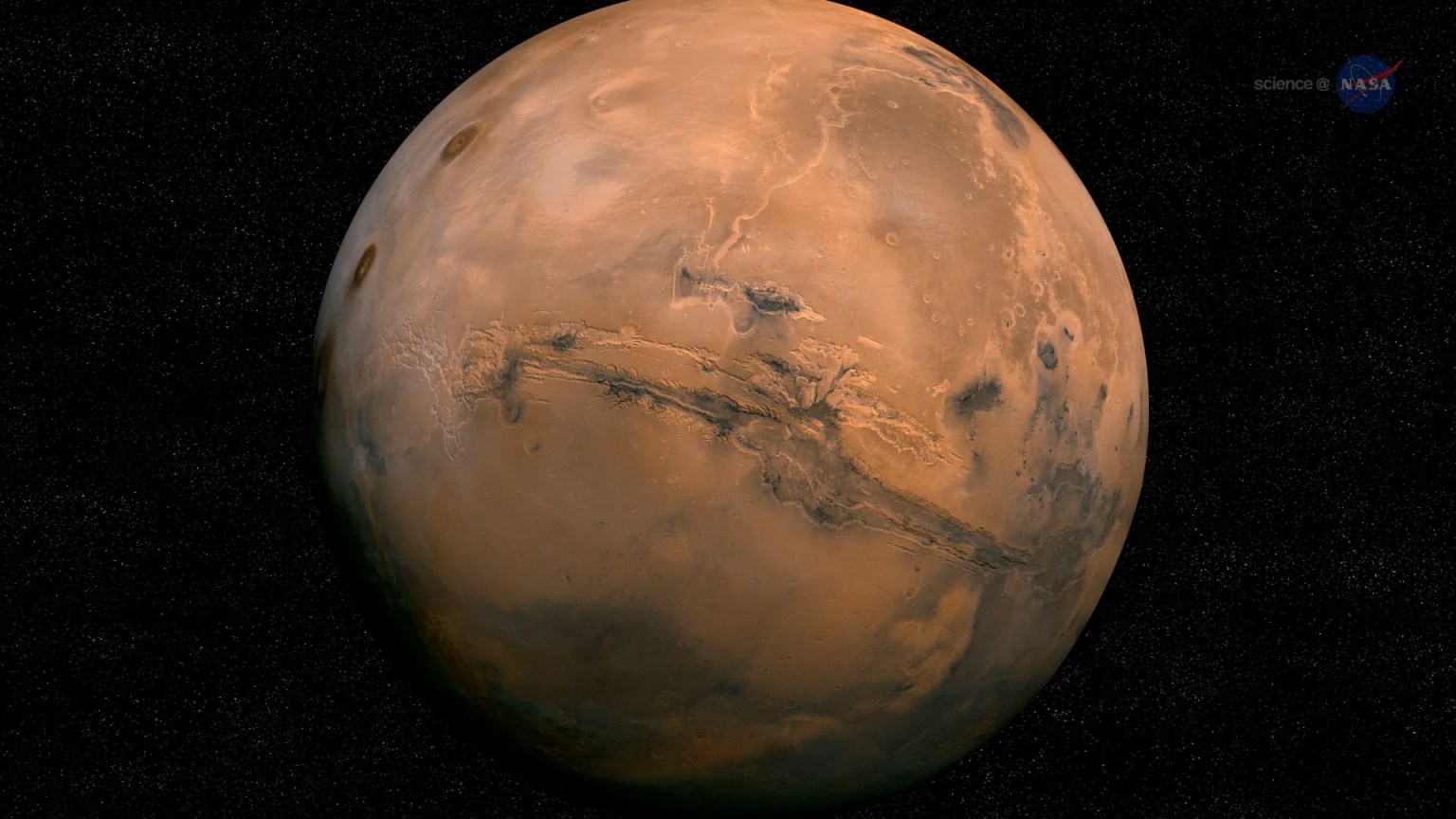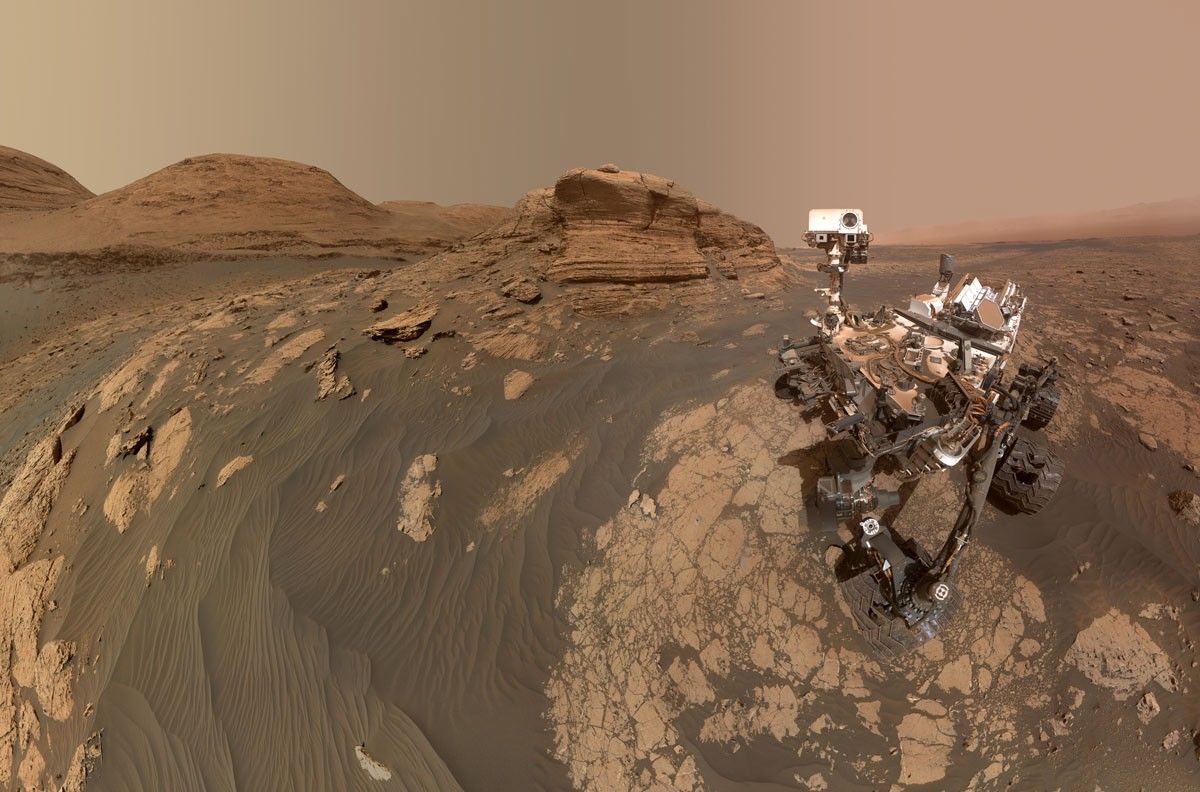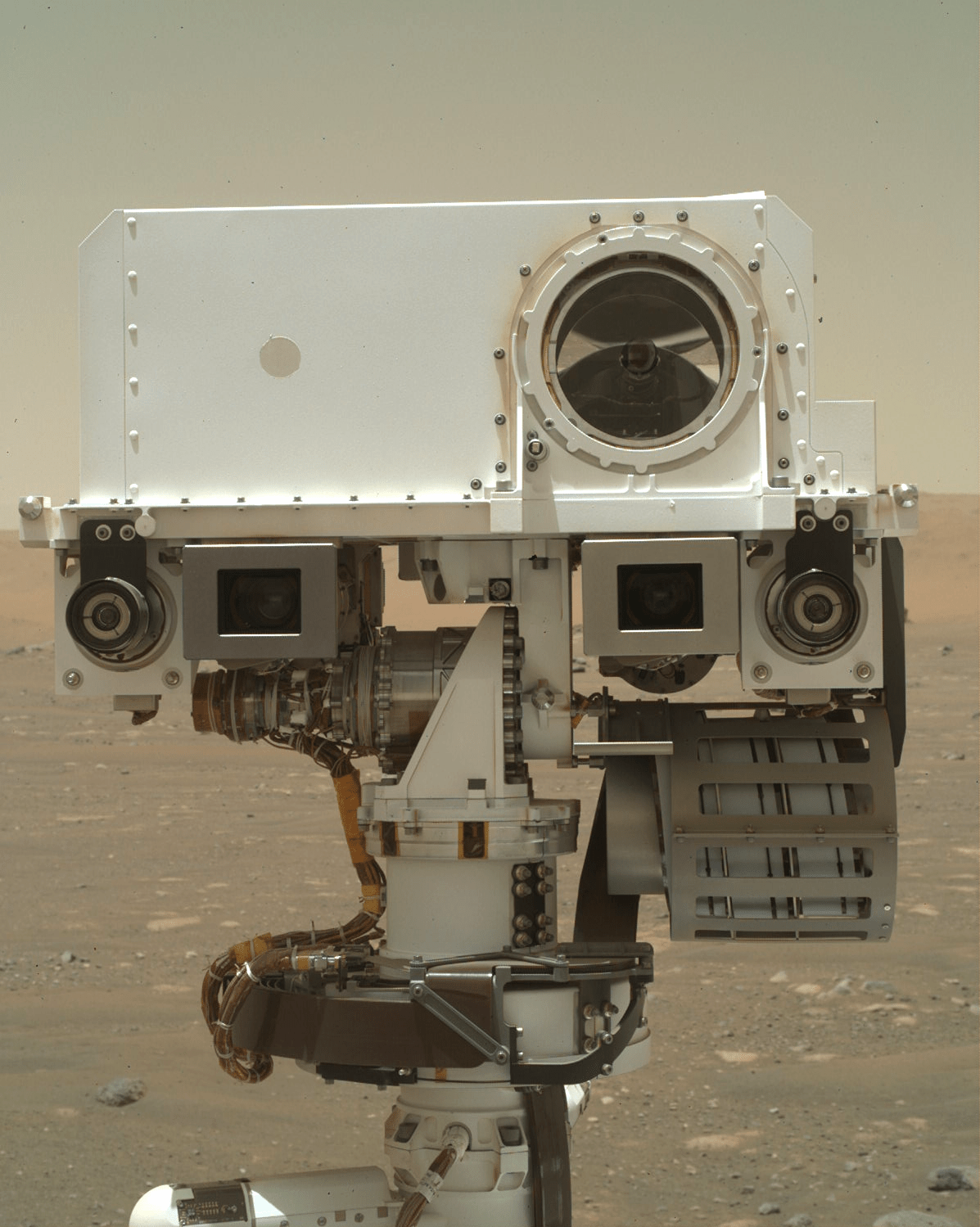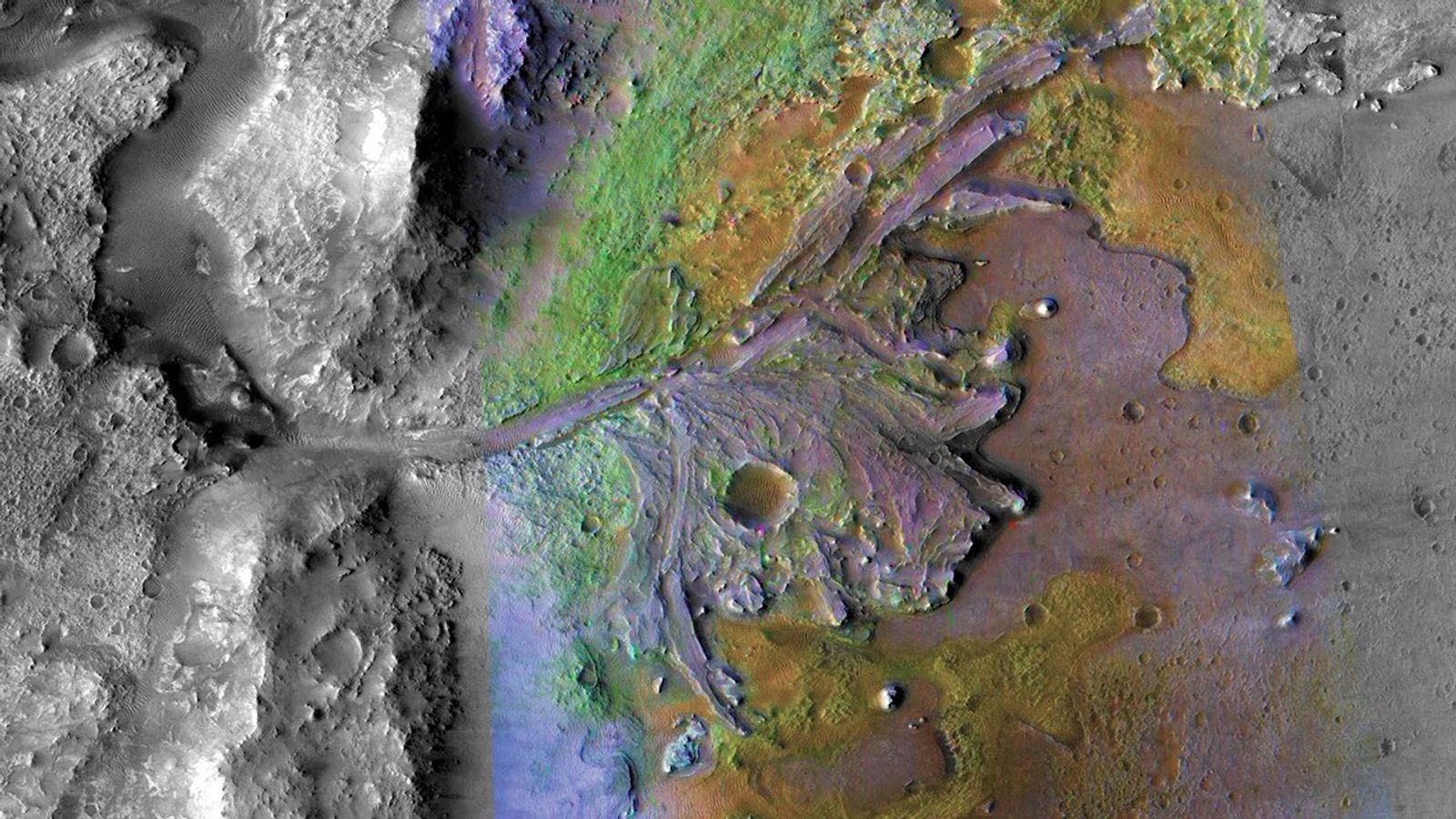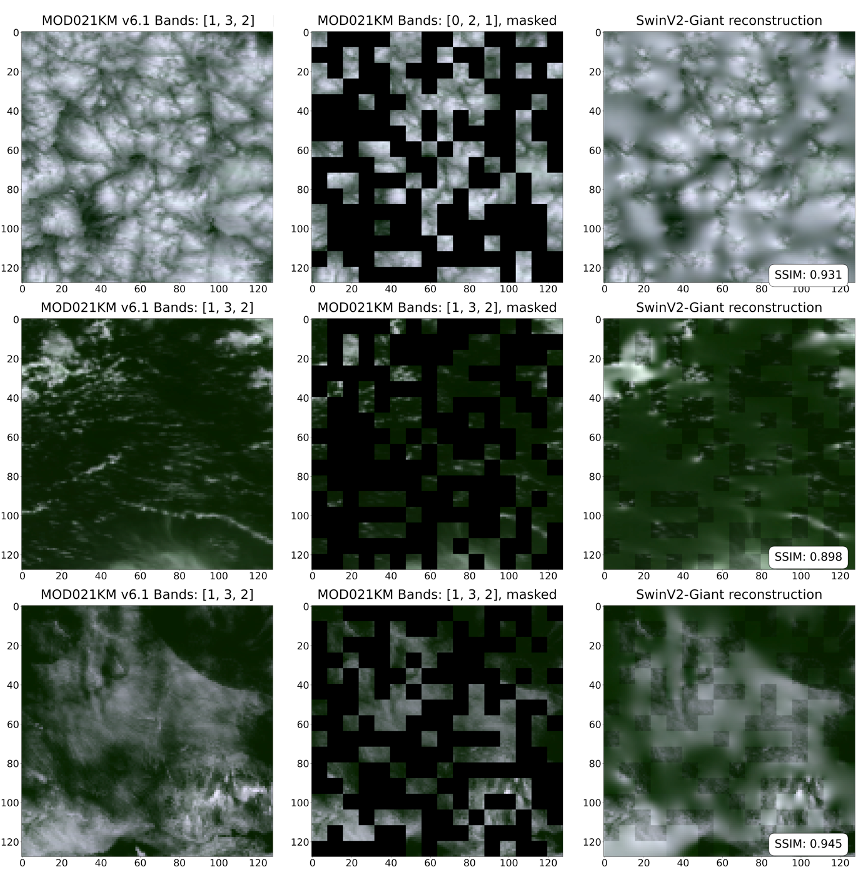Searching for Spherules to Sample
Written by Denise Buckner, Postdoctoral Fellow at NASA’s Goddard Space Flight Center Over the past few weeks, Perseverance has been investigating some curious spherules peppered across the “Witch Hazel Hill” region along the rim of Jezero crater. A striking cluster of the small bubble-shaped stones were first spotted by the Mastcam-Z instrument on Sol 1442 […]

2 min read
Searching for Spherules to Sample
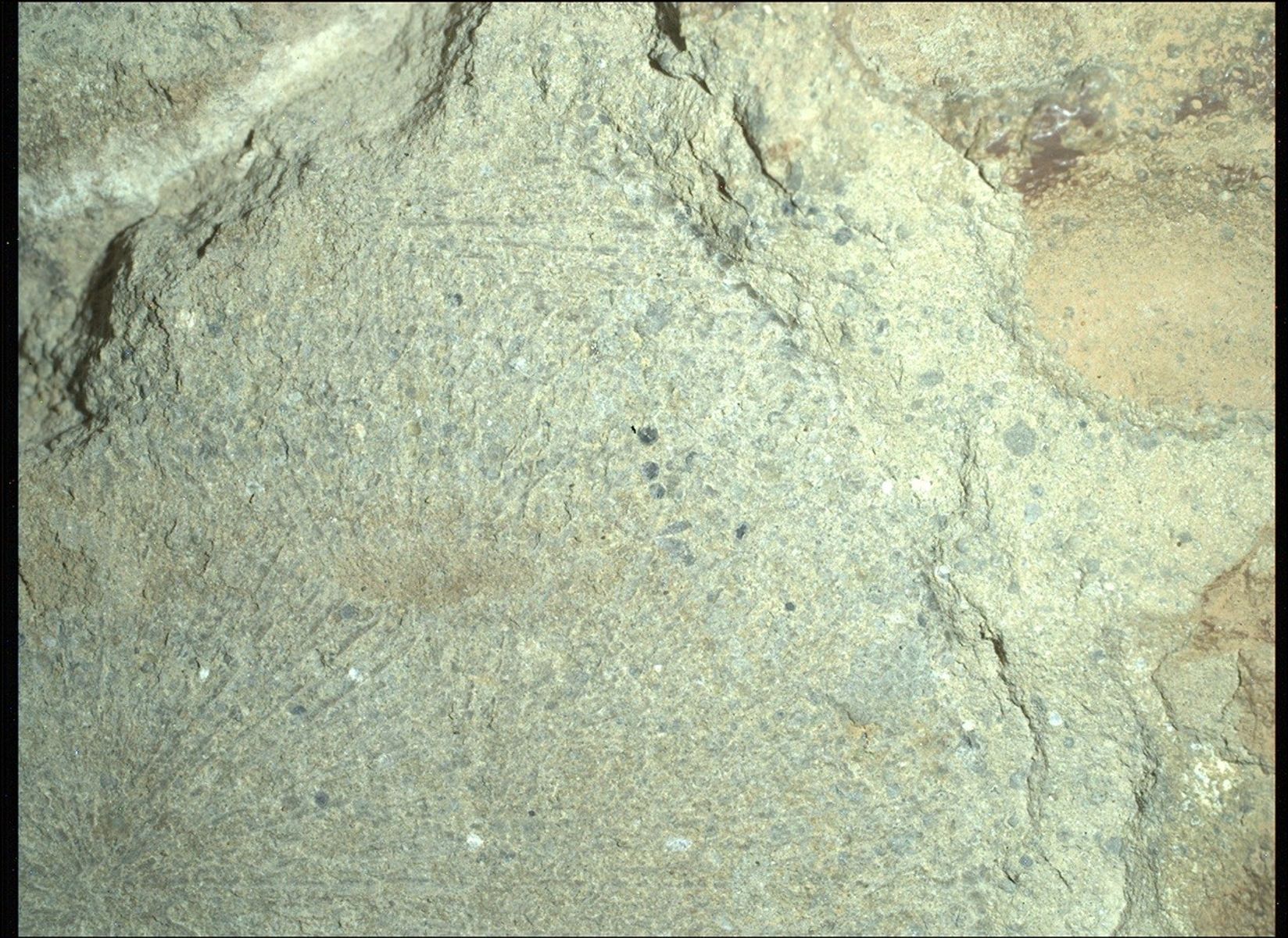
Written by Denise Buckner, Postdoctoral Fellow at NASA’s Goddard Space Flight Center
Over the past few weeks, Perseverance has been investigating some curious spherules peppered across the “Witch Hazel Hill” region along the rim of Jezero crater. A striking cluster of the small bubble-shaped stones were first spotted by the Mastcam-Z instrument on Sol 1442 (March 11, 2025) at “Broom Point,” in a rock named “St. Pauls Bay.” A few sols later, a similar assemblage was discovered by the SuperCam instrument at the “Mattie Mitchell” outcrop near “Puncheon Rock.” As the rover continued along its traverse, spherules continued to appear. At the targets St. Pauls Bay and Mattie Mitchell, the spherules are densely packed and almost look like bunches of grapes. Elsewhere, similar smaller spherules were found intermixed with other grains within the rock. At a target called “Wreck Apple” at the “Sally’s Cove” outcrop, individual spherules were set in a matrix of coarse, dark grains. Even more of these circular features are embedded in finer-grained, layered bedrock at a nearby area called “Dennis Pond.”
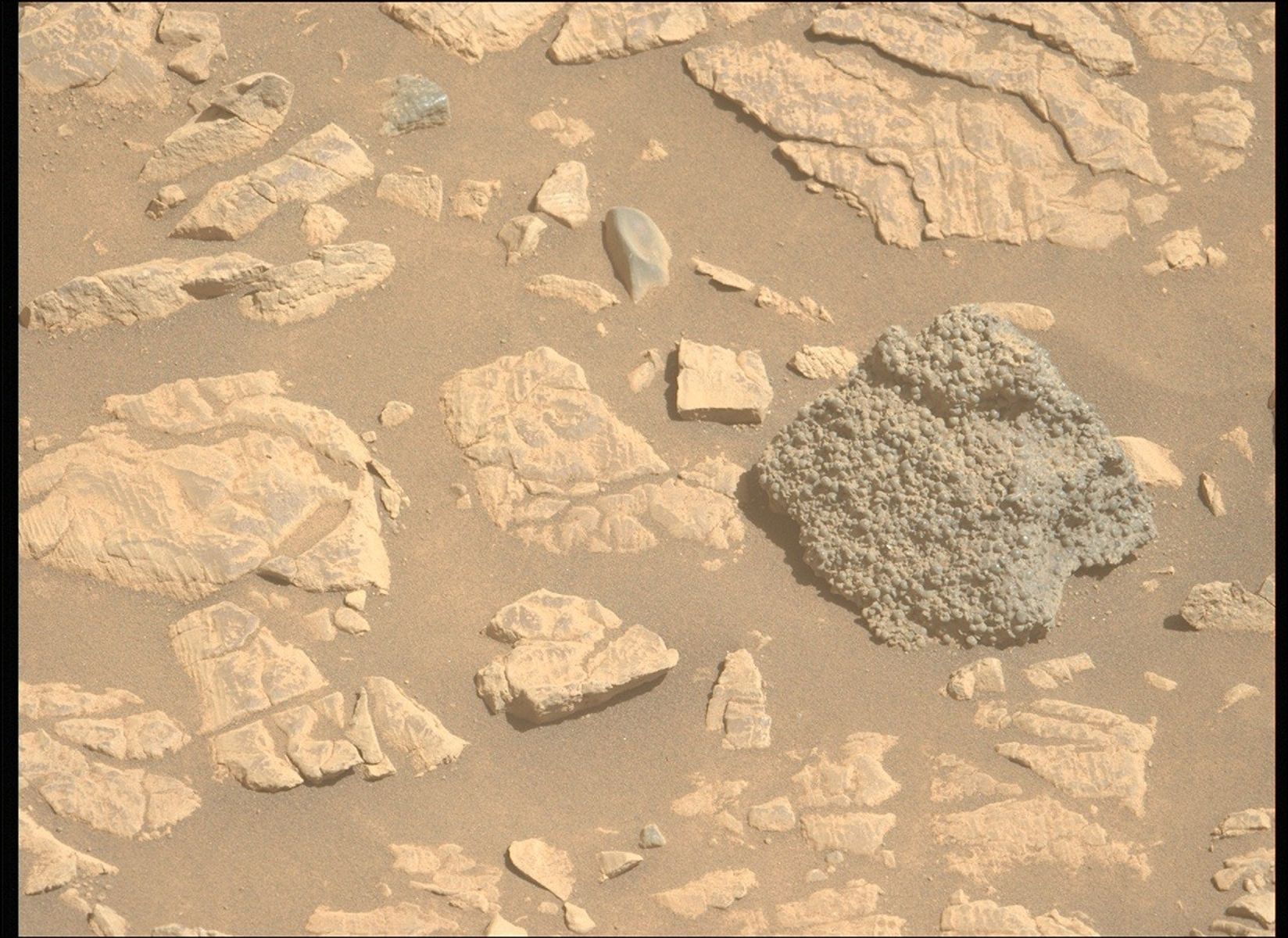
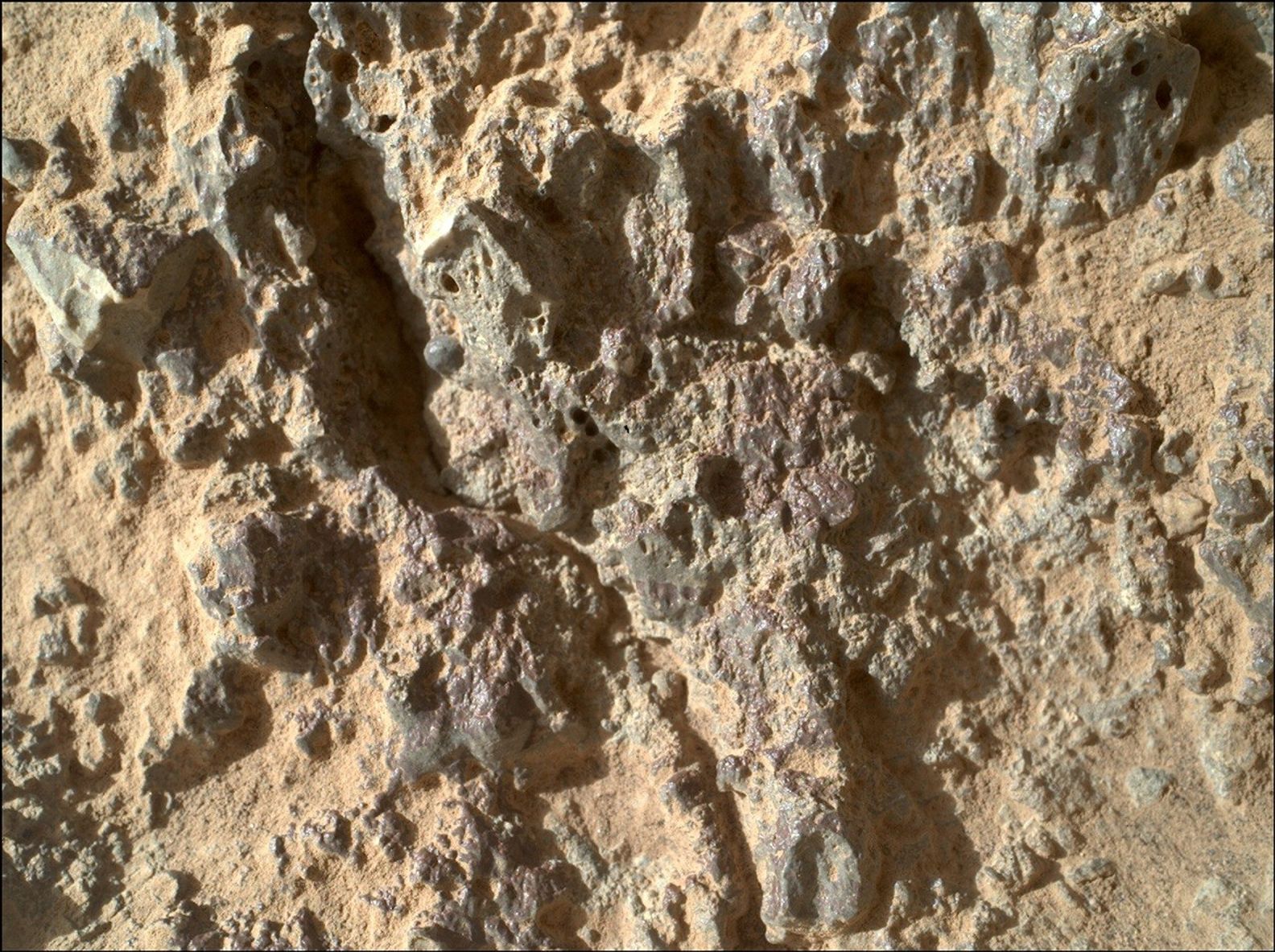
Although the team was intrigued by the spherule-rich layers at Sally’s Cove and Dennis Pond, these outcrops were challenging for the rover arm to access. After some searching to find an accessible target, the team decided to perform an abrasion at a neighboring outcrop, called “Pine Pond,” which contained an extension of the Dennis Pond layers. The team picked the target “Hare Bay” in hopes of finding spherules within a rock interior, and conducting proximity science observations with PIXL and SHERLOC to investigate their composition and internal structure. Images of the abrasion patch taken by WATSON show that Hare Bay contains light-toned medium-sized grains, with millimeter-sized spherules dotted throughout the rock! Leading hypotheses for the origin of these spherules include formation by volcanic activity or impact-related processes.
Having found an accessible spherule-bearing rock, the team is currently hard at work collecting a spherule-filled sample! Combined with the information already gathered by Mastcam-Z, SuperCam, PIXL, SHERLOC, and WATSON, future laboratory analyses could help solve the mystery of when, where, and how these spherules formed, which can in turn detangle the geological events that formed and transformed the surface of Mars over billions of years!
Share
Details
Related Terms
What's Your Reaction?
















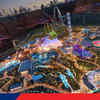


.jpg?#)











